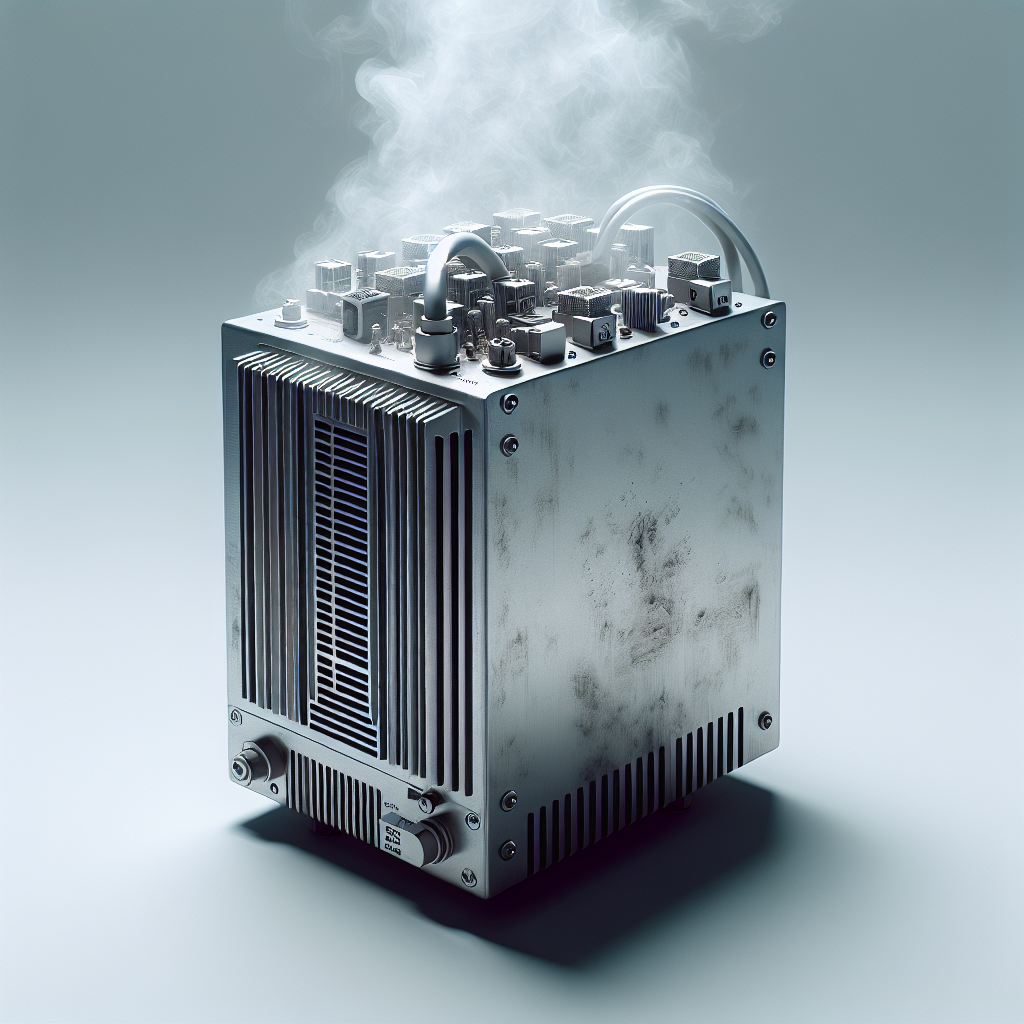
High-Stakes Drama in the Sky: The Diverted Flight Incident
Share
On the afternoon of July 15, 2016, passengers aboard an American Airlines flight experienced a harrowing interruption when suddenly a pack hidden inside a carry-on bag started emitting suspicious fumes, raising alarms of a potential thermal runaway. The chaos unfolded at 30,000 feet above the Atlantic Ocean, en route to the United States from Europe. Flight attendants, trained for emergency scenarios, sprang into action, urgently following protocols to address the potential fire hazard. Amidst the growing panic, one thing was clear: the situation demanded quick thinking and immediate response.
Thankfully, the aircraft was equipped with appropriate fire-suppression gear, and the crew managed to contain the smoldering pack before flames became apparent. However, out of an abundance of caution and in line with safety procedures, the Captain made the decision to divert the flight to the nearest airport. A full evacuation was conducted upon landing, with emergency services at the ready. The incident was a stark reminder of the potential dangers faced in air travel and underscored the importance of being prepared for any eventuality.
The aircraft's passengers and crew members all walked away without physical harm, but the event left its mark in the form of valuable lessons. Investigations emphasized the need for rigorous battery and electronic device standards to prevent such occurrences. It also brought to light the importance of accessible and efficient fire response tools.

In a typical scenario where the FireTowel is present, if such a pack showed the initial signs of thermal runaway, a passenger or crew member could seamlessly retrieve this safety device—no more distant than the under-seat compartment. The FireTowel, with its specialized fire-retardant material, substantial thickness, edge weights, and convenient handles, could be draped over the errant pack, effectively smothering and trapping hazardous fumes, offering a significant line of defense against a full-fledged fire, potentially minimizing the need for
